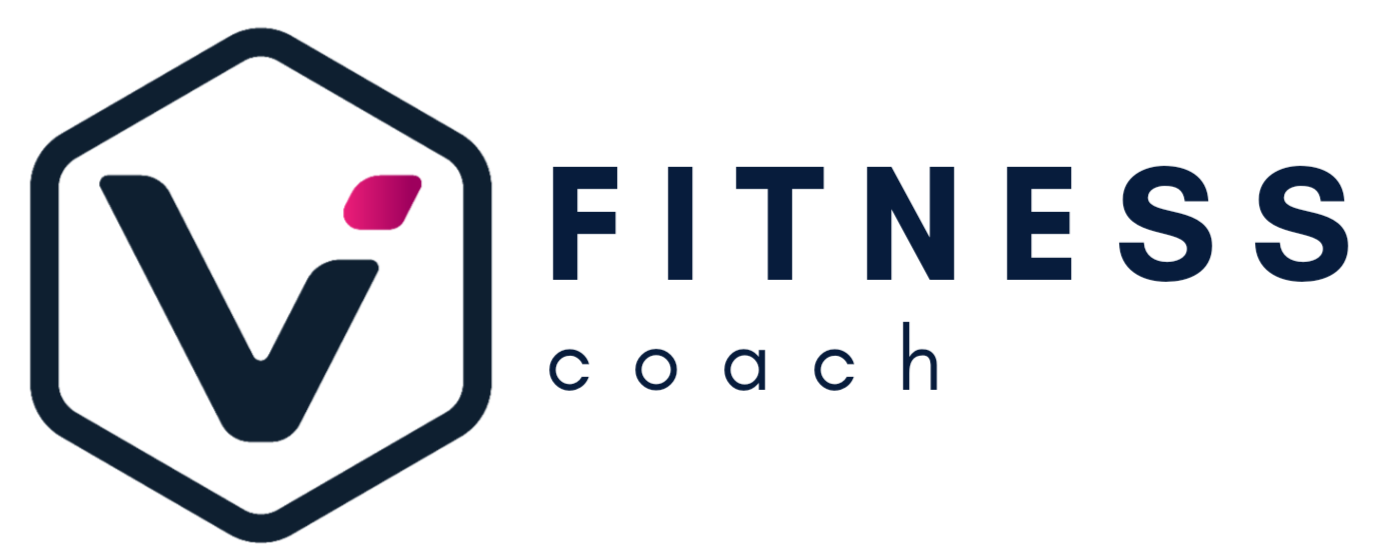Flexible Dieting: A Balanced Approach to Nutrition
In the past, dieting has been associated with strict food limitations and inflexible meal plans. Unfortunately, this often results in feelings of deprivation, cravings, and ultimately, unsuccessful dieting attempts. However, flexible dieting, also known as IIFYM (If It Fits Your Macros), offers a different approach that emphasizes balance and sustainability.
Core Principles of Flexible Dieting
- Focus on Macronutrients (Macros): Flexible dieting focuses on macronutrients (protein, carbohydrates, and fat) that provide energy for the body and play specific roles. There are no restricted food groups. Individualized Approach: Flexible dieting is a great way to customize your nutrition plan according to your unique needs and goals. Things like your age, weight, activity level, and body composition goals can all play a role in determining your daily calorie and macronutrient needs.
- Tracking and Accountability: Tracking macros can help you stick to your health and fitness goals. It’s a great way to keep an eye on the impact of your food choices and make adjustments as needed. You are more than welcome to use the tracing facility in ViCoaching (MyPT Hub) app. However, if you prefer using other apps like MyFitnessPal, that’s perfectly fine too. Just do what works best for you.
- Food Freedom: In flexible dieting, there’s no need to label foods as “good” or “bad”. You can actually enjoy any food you like, as long as it fits within your daily macro goals. Just remember to indulge in moderation.
Benefits of Flexible Dieting
- Flexibility and a healthy relationship with food make it easier to stick to in the long run.
- Focusing on protein intake helps build and maintain muscle while managing calorie intake for weight loss or fat loss.
- With flexible dieting, you can still enjoy your favorite foods while achieving your goals.
- By removing the restriction mindset, flexible dieting encourages a healthy approach to food choices.
Challenges and Considerations
There are a few things to keep in mind. First of all, it takes some discipline and planning to ensure you’re meeting your needs throughout the day. But don’t worry, it’s totally doable with a little practice. Another thing to keep in mind is nutritional adequacy. While flexible dieting allows for a wider variety of foods, it’s important to prioritize whole, unprocessed foods to make sure you’re getting all the vitamins and minerals your body needs.
Let’s put all this in the context of your weight loss journey.
In ‘Nutrition’ tab in the app you can find your daily calorie goal that will help you achieve sustainable weight loss while preserving your lean muscle mass (goal 1). It’s important to focus on your protein as well, which is why it’s listed as goal number 2. While you have a suggested certain macro split for your carbs and fats, you can be flexible and choose what works best for you. Get your remaining calories from healthy sources such as vegetables, fruits, and whole grains, however that can be challenging. That’s where the IIFYM (If It Fits Your Macros) principle comes in handy. You can still enjoy your favorite snacks and meals, just make sure to keep them within your macro goals. Remember, it’s all about finding a balance that works for you.
It’s a skill for life.
Flexible dieting is a great way to eat healthy and manage your weight without feeling deprived or restricted. It’s all about focusing on the right balance of macronutrients and building a healthy relationship with food that you can sustain for the long haul. But, of course, it does require a certain level of discipline, keeping track of what you eat, and making a commitment to your overall nutritional health.
